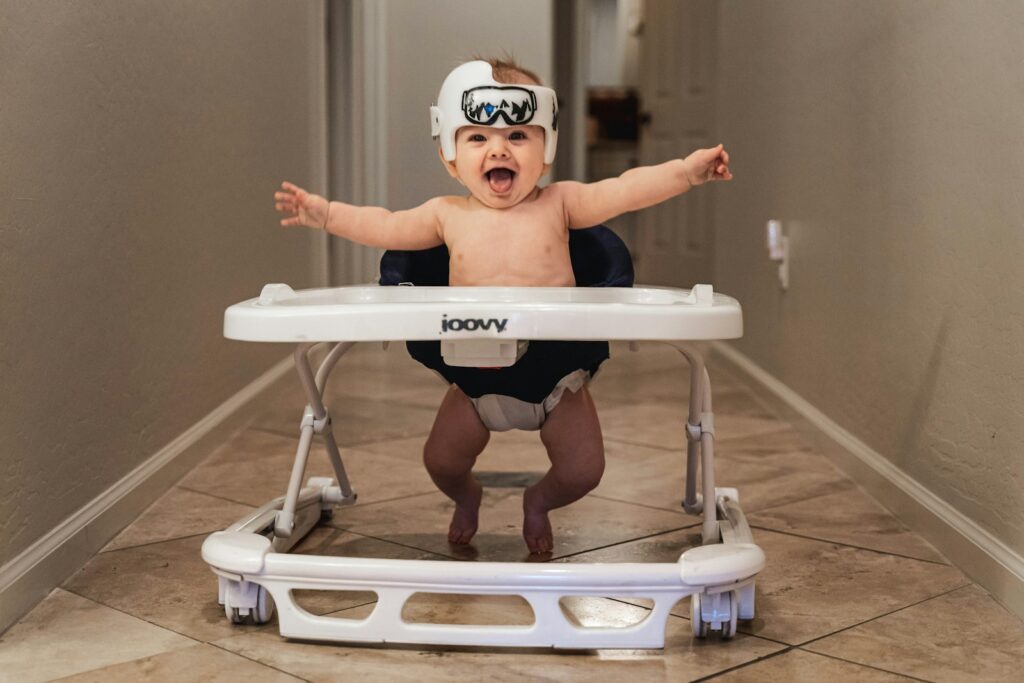Emergency Childbirth: A Complete Guide
Most of us never imagine being in this position, but it’s more common than you might think. Natural disasters, rural locations, and heavy traffic can all delay emergency responders.
About 1 in every 200 births in the U.S. happens unexpectedly outside the hospital, and not always with a professional present.
Having a basic understanding of emergency childbirth could be a lifesaver.
Understanding Emergency Childbirth
What is Emergency Childbirth?
Emergency childbirth—sometimes called unplanned out-of-hospital birth—happens when a baby arrives suddenly and there’s no time to reach medical help.
- Severe weather making roads impassable
- Living far from the nearest hospital (rural response times ~14 min, cities ~7 min)
- Traffic jams or natural disasters
- Sudden, rapid labor—about 2% of births are “precipitous”
Why Preparation Matters

Knowledge can save lives. Preparation is about staying calm, clear-headed, and knowing what to do step by step.
Tip: Take a deep breath—your calmness can help everyone stay steady, including the laboring person.
Step-by-Step Guide: Delivering a Baby Safely
Call 911 or your local emergency number immediately. Follow dispatcher instructions even if help is delayed.
- Clean towels or blankets
- Disposable gloves
- Sterilized scissors or sharp knife
- Clean string, shoelaces, or dental floss
- Bowl or container for placenta
Cleanliness is the main goal; use the cleanest items available.
- Choose a clean, comfortable, private spot
- Spread towels or sheets, dim lights if possible
- Keep everyone warm
- Encourage slow, deep breathing
- Help them into a comfortable position
- Offer sips of water
- Stay calm and reassuring

Stage 1: Dilation
Contractions become stronger and closer together. Wait to push until the laboring person feels a strong, involuntary urge.
Stage 2: Pushing & Delivery
- Position laboring person comfortably
- Encourage controlled pushing
- Support crowning area gently; do not pull
- Handle umbilical cord gently if around neck
Stage 3: Caring for the Baby
- Dry baby, place skin-to-skin on parent’s chest
- Clear mouth and nose if not breathing
- Rub back or feet to stimulate crying
- Cover both with warm blankets
Cutting the Cord
- Wait 1–3 min until pulsing stops
- Tie cord in two places and cut between
- If no supplies, wait for EMS
Delivering the Placenta
- Occurs 5–30 min after birth
- Let parent push gently; never pull
- Place placenta in a bowl or towel
- Monitor for heavy bleeding or shock
FAQs: Emergency Childbirth
Call 911, gather towels, help the laboring person get comfortable, and stay calm.
Watch for crowning—the baby’s head becomes visible and the urge to push is strong.
Slip it over the head if loose; if tight, wait until the baby is fully delivered.
Wait 1–3 min until pulsing stops, tie in two places, and cut between ties. If no supplies, wait for EMS.
Clear airway, rub back/feet, provide gentle puffs of air if needed.
Do not pull; support the baby and await help.
Wait 5–30+ minutes; never pull. Monitor for heavy bleeding.
Use clean towels, gloves, and hands. Avoid unnecessary contact with cord or birth canal.
Dry quickly, place skin-to-skin, cover with blankets, ensure warm room.
Towels, gloves, bulb syringe, string, scissors/knife, blanket, hand sanitizer.

Conclusion
Emergency childbirth can be intimidating, but calmness, cleanliness, and warmth are lifesaving. You don’t have to be perfect—your steady presence matters.
“God has not given us a spirit of fear, but of power and of love and of a sound mind.” — 2 Timothy 1:7
For checklists, tutorials, and step-by-step guidance, visit Dr. Sarah Little’s blog: “Unexpected Arrivals: Emergency Birth Made Simple”.
